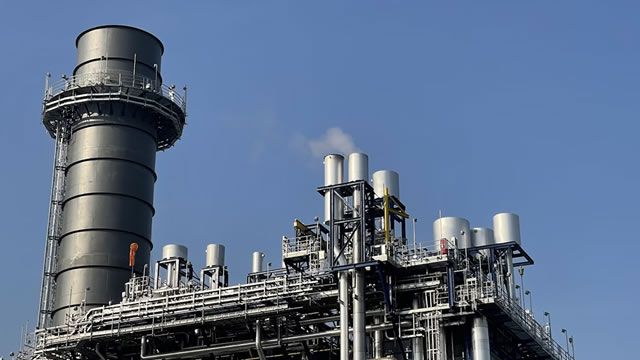The Impact of Global Factors on Commodity Markets: A Closer Look
Commodity markets have been experiencing turbulent times in recent months. The commodity sector, which includes agricultural products, metals, and energy, is being hit by several other factors beyond its control. In this blog post, we will delve deeper into the key drivers affecting commodity markets and discuss their potential implications.
Global Fallout from the Trump Tariffs
One of the most significant external factors impacting commodity markets is the ongoing trade tensions between the United States and its major trading partners. The tariffs imposed by the Trump administration on Chinese imports have led to a decrease in the demand for various commodities, particularly soybeans and aluminum.
- Soybeans: China is the world’s largest importer of soybeans, and the tariffs have led to a significant reduction in Chinese purchases. As a result, soybean prices have plummeted, causing financial losses for farmers in countries such as the United States, Brazil, and Argentina.
- Aluminum: The United States imposed a 10% tariff on imported aluminum in March 2018. This has led to a surge in domestic aluminum prices, making American-produced aluminum more expensive for manufacturers. In response, some companies have shifted their production to other countries, leading to a decrease in demand for American aluminum and potential job losses in the industry.
Increased OPEC Production
Another factor impacting commodity markets is the increase in oil production by the Organization of Petroleum Exporting Countries (OPEC) and its allies. In response to rising global crude oil inventories and concerns over slowing economic growth, OPEC and its allies decided to increase oil production by 1.2 million barrels per day in July 2019. This decision came after the group had previously implemented production cuts to support prices.
The increase in oil production has led to a decrease in crude oil prices, which has a ripple effect on other commodities. Lower oil prices make it cheaper for manufacturers to produce goods, leading to increased demand for raw materials such as steel, copper, and zinc. However, lower oil prices can also lead to decreased profits for oil-producing countries, potentially causing economic instability.
Implications for Individuals and the World
The impact of global factors on commodity markets can have significant implications for individuals and the world at large. For consumers, lower commodity prices can lead to reduced costs for goods and services. However, for producers, lower prices can lead to financial losses and potential job losses.
At the global level, the impact of commodity price fluctuations can affect economic stability and growth. Countries that are heavily reliant on commodity exports, such as Russia and Saudi Arabia, can be particularly vulnerable to price volatility. Conversely, countries that are heavily reliant on commodity imports, such as China and India, can benefit from lower prices but may also face supply chain disruptions if production decreases in exporting countries.
Conclusion
In conclusion, commodity markets are influenced by a complex interplay of factors, both internal and external. The global fallout from the Trump tariffs and increased OPEC production are just two examples of the external factors that can impact commodity prices. As consumers and investors, it is essential to stay informed about these factors and their potential implications.
By understanding the drivers of commodity price fluctuations, we can better anticipate their impact on various sectors and make informed decisions. Whether you are an individual investor or a multinational corporation, staying informed about commodity markets can help you navigate the complex economic landscape and make the most of opportunities as they arise.





